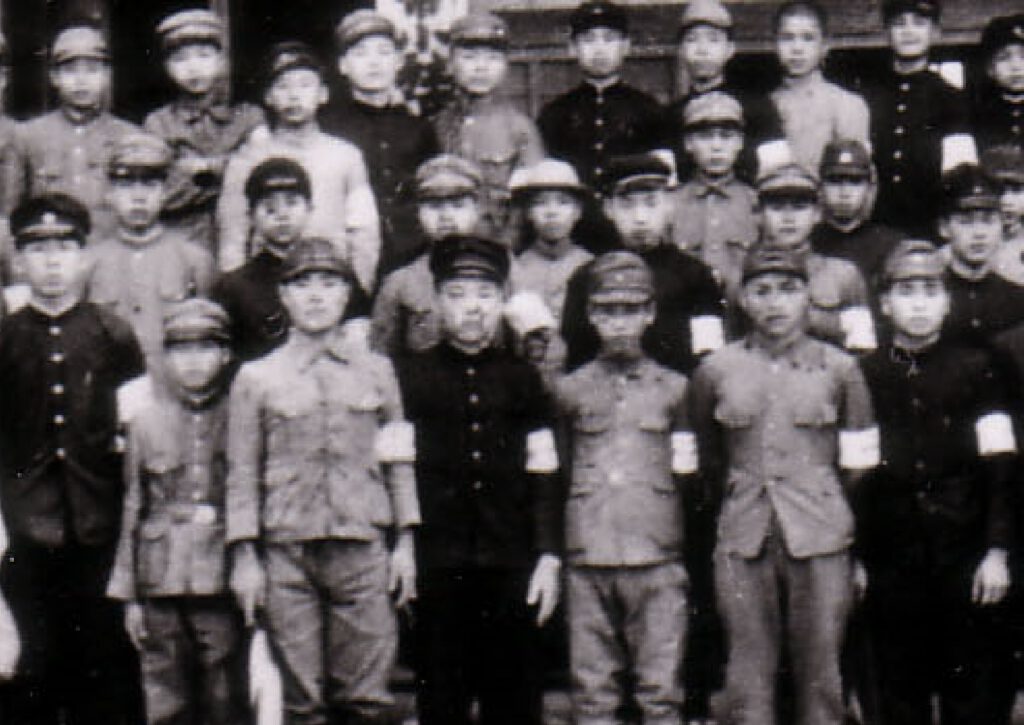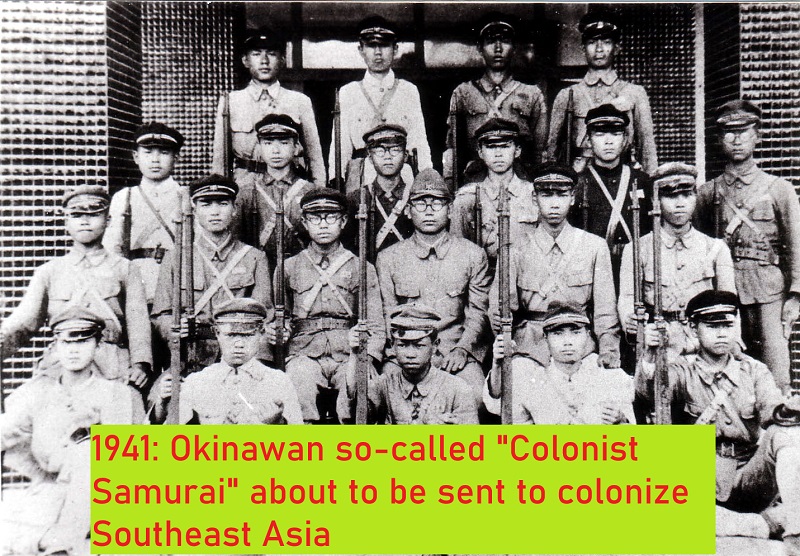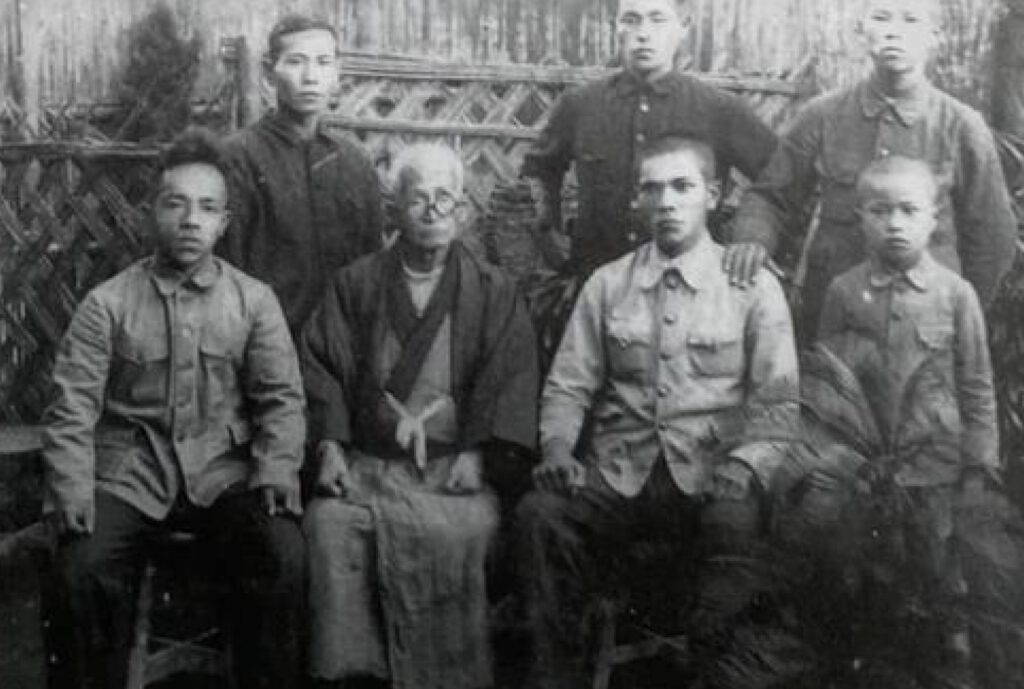Okinawan peace theory is a difficult topic, most of all for Okinawans themselves. Often, the era of the 15 Years War and Okinawan participation in “the system” is categorically marginalized, denied, and not addressed. The reasons for this are varied, and the attempted UNESCO inclusion is one of these reason. However, since I am not Okinawan, I can give you a tiny glimpse of this difficult topic.
When looking at how and why Okinawa karate and kobudo was spread to the masses, we might get an idea from school teacher Chibana Koreaki from Kunigami Village, who said as follows in 1930:
“From the viewpoint of improving the efficiency during war and in daily life, the citizens of Okinawa Prefecture are a race born with the serious mission to rise to the first line of battle of national defense.”
Among the concrete incentives to achieve this objective, Chibana proposed to
“Promote private karate and bōjutsu.”
“Private karate and bōjutsu” means outside of the school system. Looking at the state of public physical education since the early 1930s, the purpose of sports promotion in Okinawa was to improve the physical strength of the citizens of the prefecture, which was linked to national defense in the event of war.
The era of war with China without declaration began with the Manchurian Incident (1931) and until 1945, sports became a means for national defense. In July 1937, the battlefield expanded to the Second Sino-Japanese War, continuing into the Pacific War (1941-1945). The year 1937 was also the time of the “National Spiritual General Mobilization Movement,” which turned sports into a training for national defense and the battlefield. In December 1937, the undersecretary of the Ministry of Education, Science and Culture issued a notice to all local governments, schools, and physical education groups, about “Matters concerning the implementation of the physical education movement on occasion of the National Spiritual General Mobilization Movement.” In the preamble it says,
“The physical education movement aims to improve the citizens’ ambitions by a holistic toughening (tanren) of mind and body, to cultivate the spirit of the people, and to equip them with a healthy and capable disposition that satisfies the nation’s mission.
The ideology of tanren might be a survival of the spiritualistic total war system that survived until today, although in a different context. Such ideas were established much earlier, namely in the 1910s by Tanaka Gichi, who designed “physical and spiritual education” for the young men’s corps (seinenkai) all over Japan, which thrived under member of the Imperial Reserve all over rural Okinawa. This mind and body concept can be likened to tanren kata (toughening kata), to shingitai (mind, technique, and physical strength), shintai (mind and body), spirit (seishin), etc. These things as seen in today’s Okinawa karate kobudō might well be “unpurged survivals of an Imperial ideology.”
Everyone in Okinawa was affected, and karate masters willingly participated in the preparation of the youngsters, many of which were send to Southeast Asia and elsewhere as “colonizers.” In his “Memories of Karate,” which was hidden from the public for a long time, Okinawan karate master Kyan Chotoku wrote as follows.
“Meanwhile, unfolding from the Second Sino-Japanese War (1937–1945) to the Greater East Asian War (1941–1945), the divine spiritual powers of officers and men of the Imperial Japanese Army suddenly appear in the sky and at sea and scatter our huge Caucasian enemies like one unified body. The fruits of battle are based on the glorious virtues of the Emperor, and our officers and men have enhanced the deepest secrets of Bushidō – the Way of the Warrior. Meanwhile, it is unbearable for this old man, to sit here, like an old tree, comfortably next to a charcoal brazier.”
© 2023, Andreas Quast. All rights reserved.



